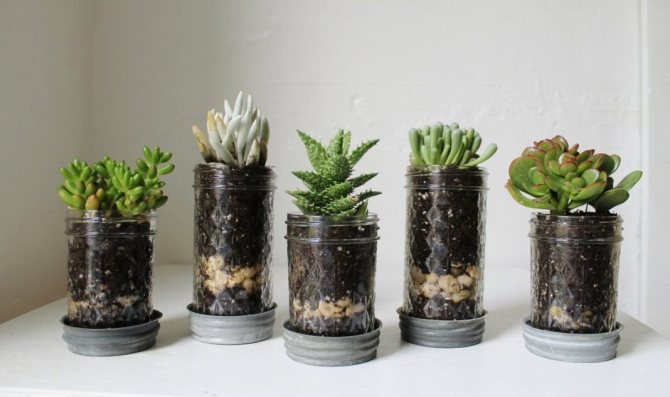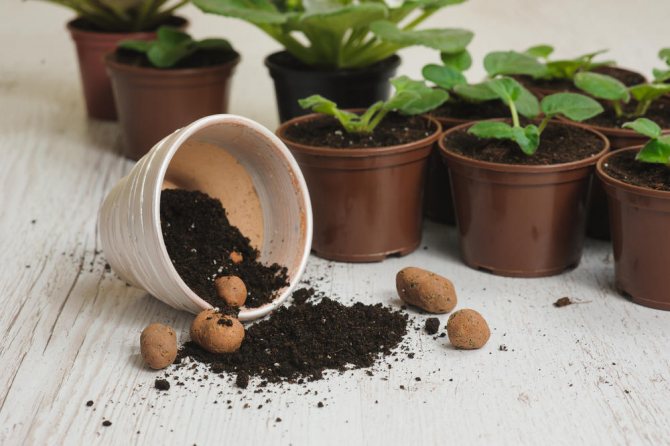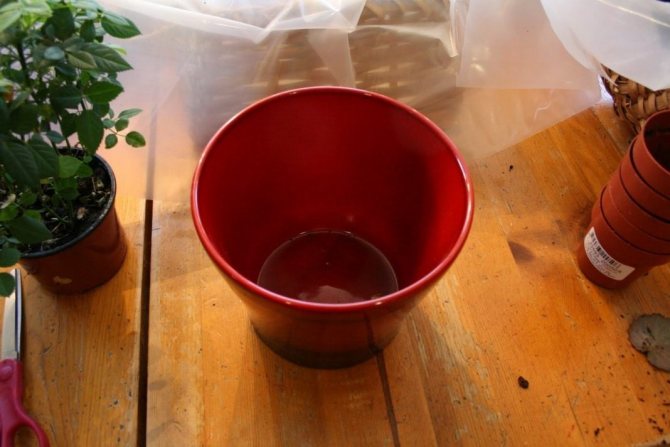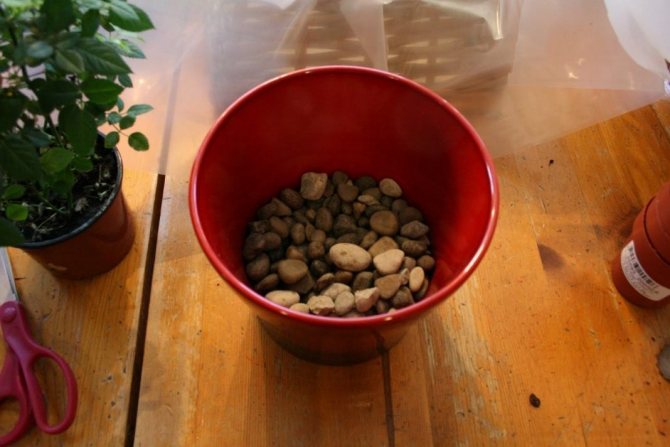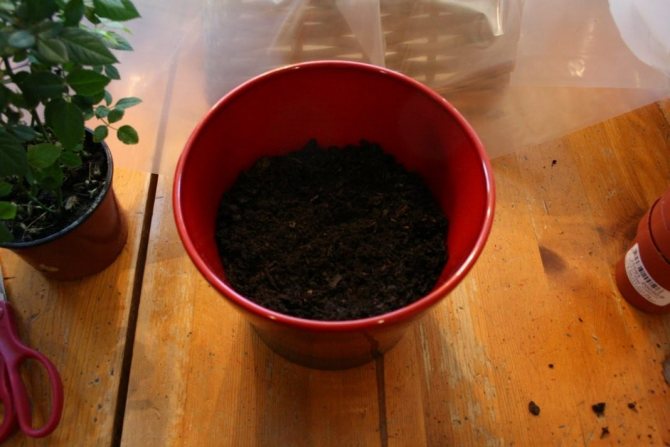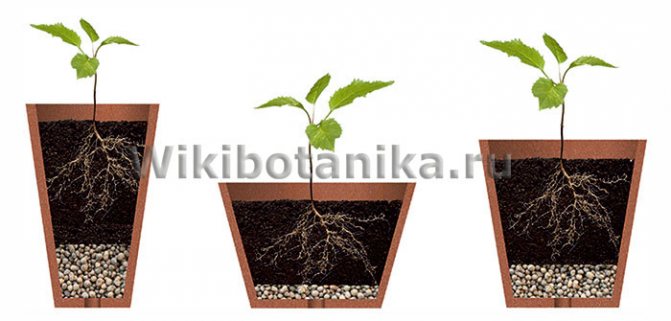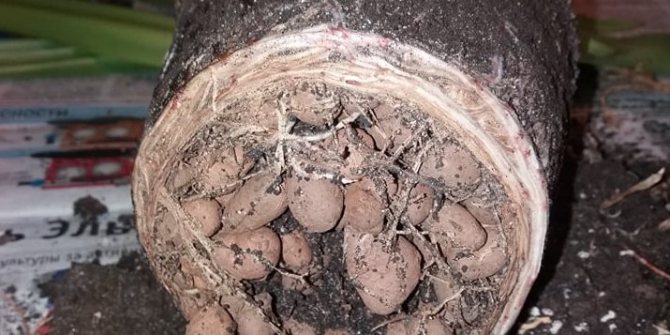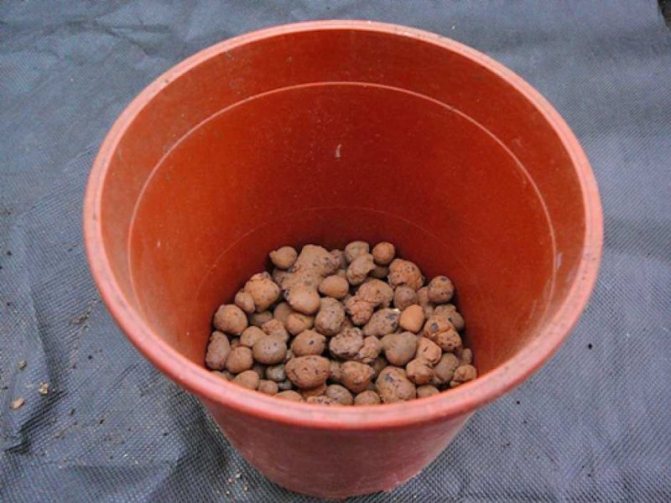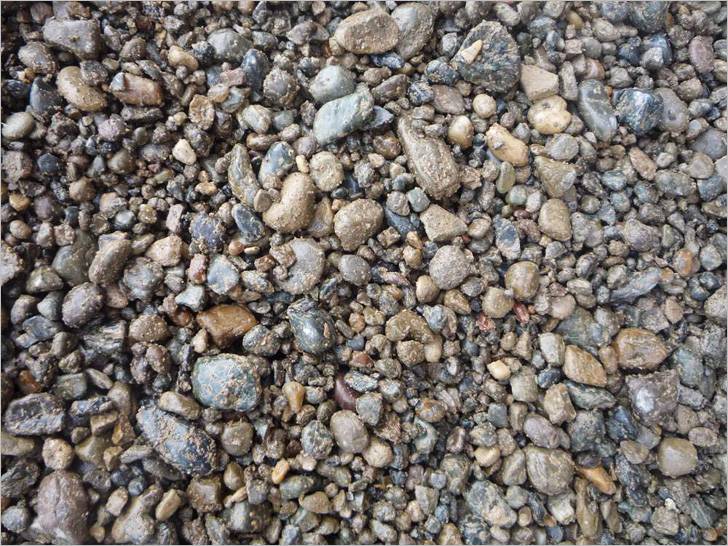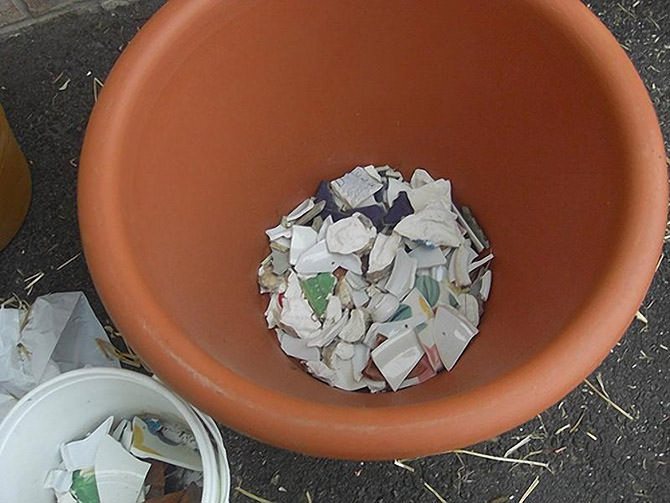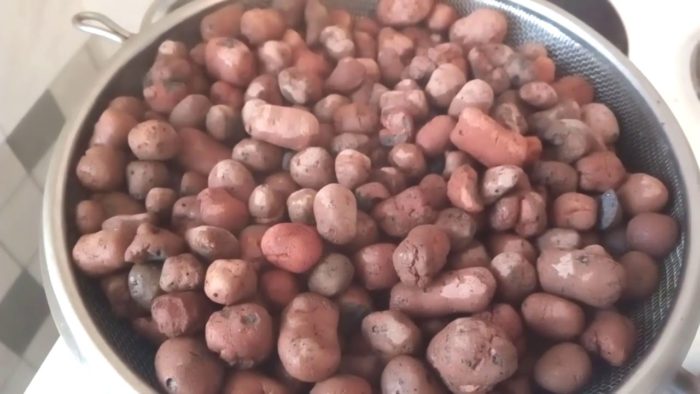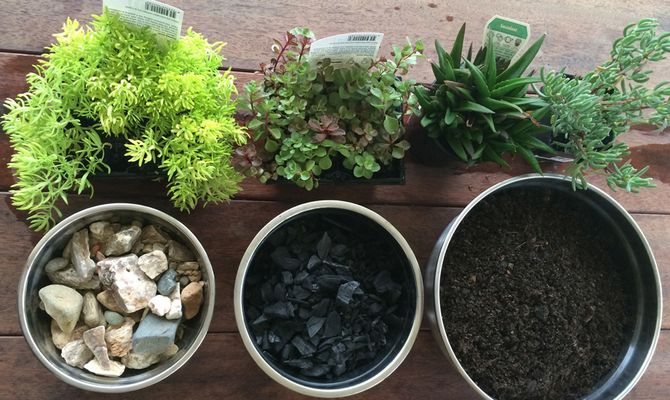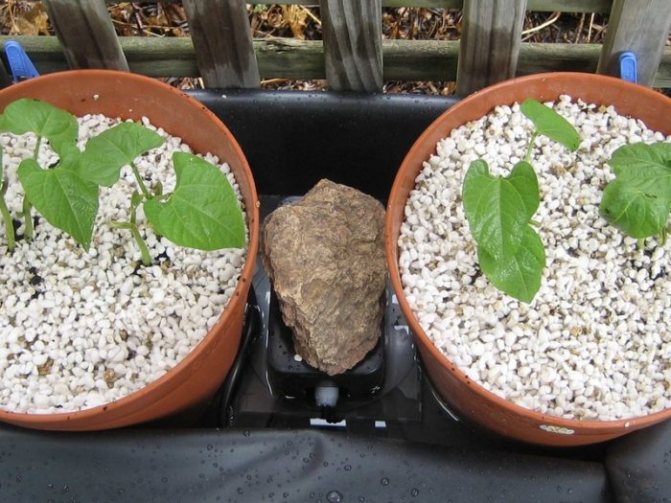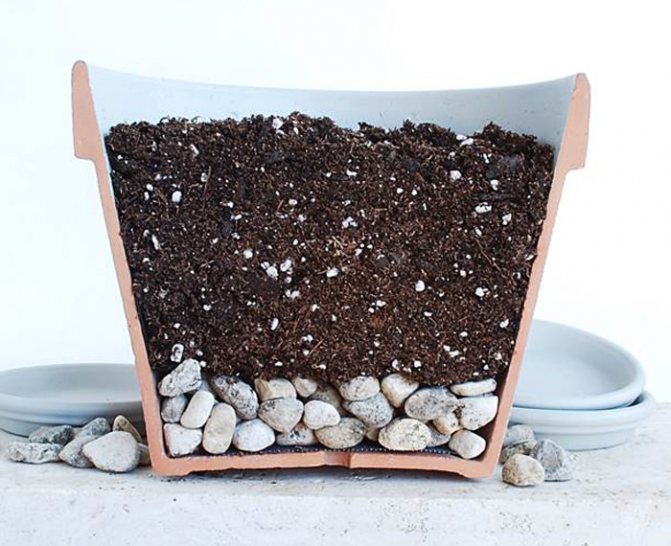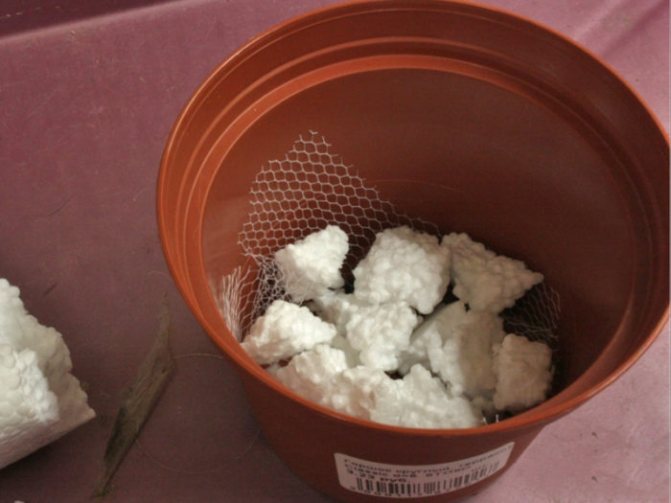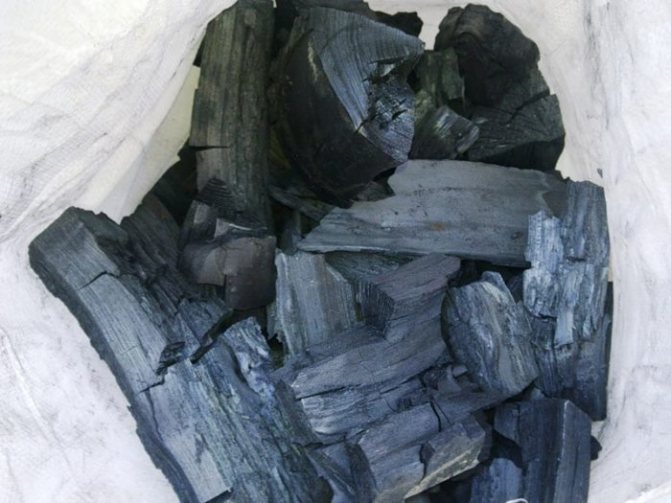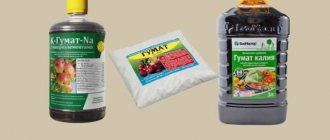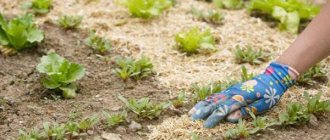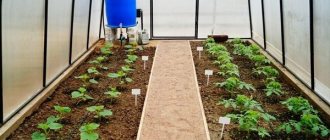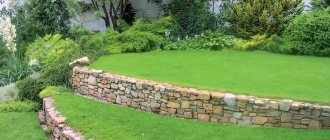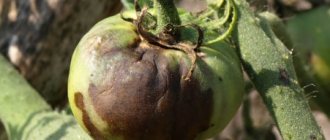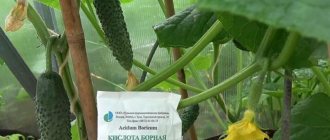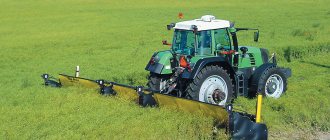There is not a single houseplant that can be grown without drainage. Even the most moisture-loving crops that are not afraid of dampness still require laying on the bottom of the containers when planting and transplanting a special layer. And even without drainage, which is responsible for water permeability and air permeability of the soil, effective distribution and outflow of water, no matter what substrate you use. Creating a comfortable environment begins with the right choice of drainage system. And the role is played not only by the materials themselves, but also by the layer height.
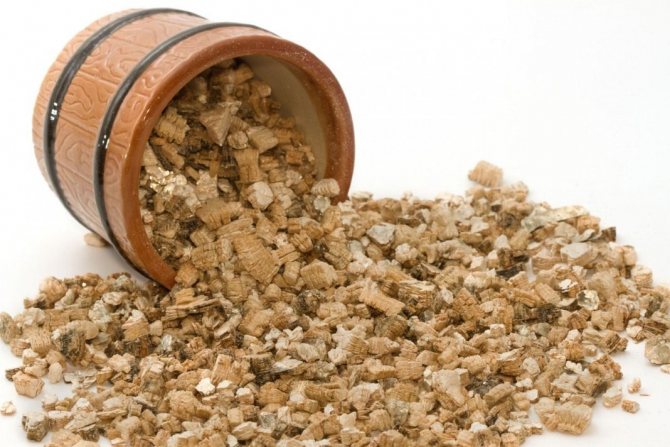
Drainage for indoor plants. <>
Why do you need drainage for indoor plants
Thanks to the presence of a drainage layer, indoor plants can develop much more actively. There are two types of drainage:
- moderate;
- fast.
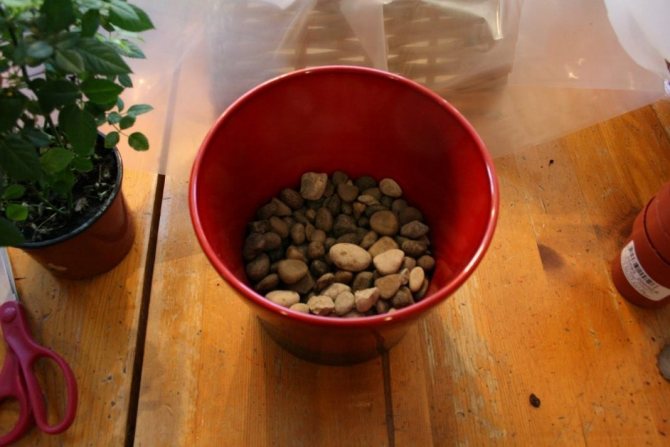

Drainage system
When growing orchids and succulents, small pots with 5-6 holes can be preferred. The substrate is poured into the container, mixed with river sand and crushed brick. Plants requiring moist soil should be planted in containers with 1-2 holes. At the same time, peat substrate is poured into the container.
Ornamental crops, the root system of which is quite well developed, fill almost the entire volume of the container. In this case, you will need a pot with a minimum number of holes. As a drainage system, pebbles poured into container trays are perfect.
The presence of a drainage layer in pots allows:
- abandon daily watering of plantings;
- facilitate the transplant process;
- prevent stagnation of moisture in the soil, acidification of the soil and rotting of the root system.
Other elements of the drainage system
In addition to bulk materials, the drainage system includes:
- the presence of drainage holes on the pot;
- loosening additives to the soil mixture, giving lightness and looseness to the soil.
Using hydroponics means replacing the drainage with a substrate. In this case, all pots should have drainage holes. It is advisable to select the dimensional characteristics and the number of holes individually for each decorative culture.
The presence of a plastic and polymer container makes it possible to independently adjust the number of drainage holes. When buying a ceramic or terracotta pot, it is important to initially assess the drainage capacity, because holes can no longer be added.
Reference! The minimum size for the drain hole should be more than 0.5 cm. Holes that are too large should be covered with a small piece of mesh.
How to install the drainage layer correctly?
Check your purchased pot or planter for holes. There should not be too many of them, as well as too few. The optimal amount is 3-5. The size of the holes should be small so that the drainage particles are not washed out with water. Wash the container with soap or potassium permanganate. Select the largest elements of the drainage layer and lay down. Next, you need to place medium-sized particles. And on top - the smallest. The pot should be shaken a little or knocked lightly on the surface of the floor or table so that the material is evenly distributed and large voids are filled. From above, the earth is carefully poured in the required amount.It must be remembered that the drainage layer will not solve the problem of stagnant water if it remains in the sump for a long time. After each watering, after 20-30 minutes, the rest of the water must be drained. If it is difficult to do this, place the pot with the plant on a small elevation, for example, put a layer of stones in the tray so that the bottom of the vessel with your favorite flower is not constantly in the water.
Which drainage is best for indoor flowers
Do-it-yourself autowatering for indoor plants
The most popular drainage system materials are described below.
Crushed stone, pebbles and gravel
The use of a medium-sized fraction of pebbles, crushed stone or gravel allows you to get an excellent drainage system for ornamental crops. The listed materials are ideal for small planters in which plants are grown that do not need to be repotted frequently. The disadvantages of these materials include their large mass.
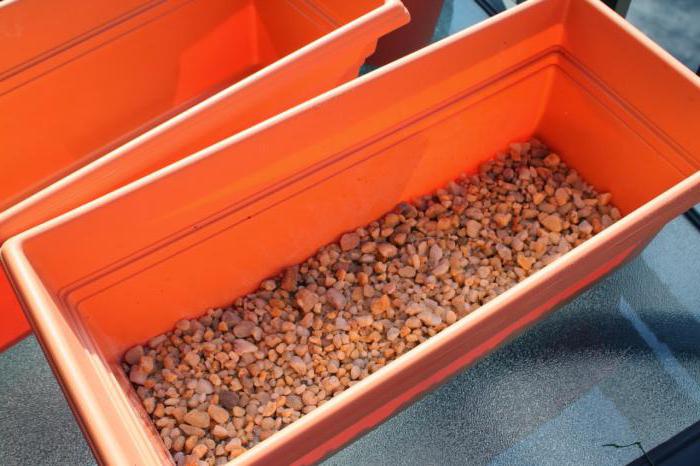

Drainage for ornamental crops
Vermiculite and perlite
Perlite, along with vermiculite, has a number of positive properties, namely:
- sterility;
- low thermal conductivity;
- resistance to infection.
Due to the listed positive characteristics, vermiculite and perlite are often used by flower growers to create a drainage layer. Due to the presence of materials in the soil, it can be noted that there are no signs of soil acidification and the growth of mold with fungus.
Note! The disadvantages of materials include their high cost. You can buy perlite and vermiculite in any department of a large flower shop.
Why make holes in a pot
In addition to the selected drainage material, it is important to find a good planting capacity. When buying such a container, you need to pay attention to whether there are drainage holes in it, as well as how they are located and what dimensions they are.
If they are too small, then excess moisture will leave slowly, and if they are large, too quickly. Therefore, it is important to choose a container that is suitable for planting a particular flower.
If there are no holes at all, or they are very small, using household appliances in the form of a drill and drill, you can do drainage for flowers with your own hands - correct or drill the holes.
So, for example, for cacti, succulents and some orchids, a quick release of liquid is necessary. Therefore, a small pot with small holes and porous soil will work for them.
And for plants growing in constant moisture, it is important to choose a container with a minimum of small holes and dense soil.
Drainage materials
What other materials can be used in the process of creating a drainage system? What can replace the drainage for flowers at home? This question often worries flower growers. The information below will help you choose the most suitable material to create a drainage layer.
Expanded clay
DIY drip irrigation for indoor plants
Lightweight porous building products are among the most popular drainage materials available at any supermarket. To create a drainage layer, it is recommended to use the middle fraction of foamed and fired clay particles. The size of the middle fraction is in the range of 5-20 mm.
The main advantage of expanded clay is the ability to accumulate moisture and the ability to return it as needed. The presence of expanded clay in the soil allows you not to worry about maintaining an optimal water balance. In addition, experienced florists highlight such advantages of drainage material as:
- low cost;
- small weight;
- long service life.
Note! Expanded clay is endowed with the ability to change the acid-base balance of the soil. This feature can negatively affect the health of flowers.
Agronomists advise filling the soil surface with a small layer of expanded clay in order to eliminate overheating of the earth and prevent excess evaporation. At the same time, it is important not to cover the surface of the earth with a large layer of expanded clay, so as not to disrupt air exchange and not to provoke the appearance of mold.
Broken brick
Clay is a part of red brick. That is why such a material will be an excellent analogue of expanded clay. Most often, finding a red brick in a private yard is not difficult. Florists often use it to create a drainage system for indoor plants.
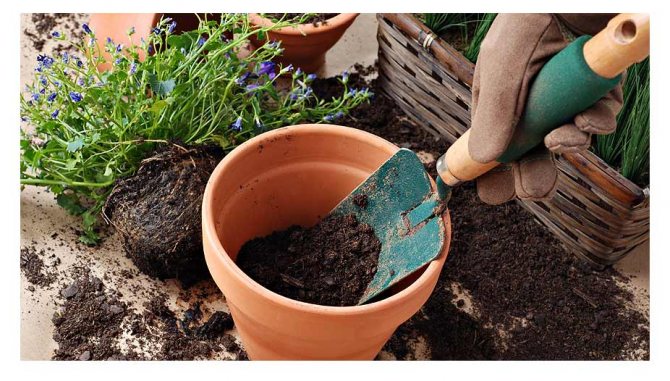

Drainage
Ceramic shards
Ceramic shards, along with shards of dishes, are the most affordable material for creating a drainage system. The main advantages of broken dishes include:
- small mass;
- lack of the ability to absorb and retain moisture.
Note! The disadvantage of this material is the presence of sharp corners. You can get hurt while working with the shards. It is best to carry out the process wearing heavy gloves.
Application rules
The correct use of expanded clay in indoor floriculture is of undeniable benefit, both to plants and to the flower growers themselves, making it easier for the latter to care for the plants. Significant advantages of expanded clay are protection of plants and soil from overheating in hot weather, absorption of moisture after abundant watering, protection of plants from mold and fungal diseases in wet weather.
Expanded clay is used not only in indoor floriculture, but also in gardening, as well as in landscape design. Flower beds and garden paths are decorated with a colored drainage substrate, thereby improving the quality of the soil. Soaking large expanded clay granules in water and then filling the wide shelves of the container with them, you can significantly humidify the air for indoor plants in winter.
Expanded clay material does not rot, is not subject to mold, however, during operation, its granules gradually disintegrate and lose their properties. It is recommended to replace granules with new ones every three to four years.
How to drain houseplants
Favorable days for transplanting indoor plants
As soon as the florist has decided which drainage is best for indoor flowers, you can start preparing the planting containers and laying the drainage layer.
Step-by-step installation process
Before starting work, all the tools that will be used in the process of laying drainage for indoor plants with your own hands must be disinfected.
Then they act in the following sequence:
- Containers for planting flowers are wiped with a dry towel.
- In the case of using crushed stone or expanded clay, it is worth washing the material under running water, disinfecting it and, after covering it with a small layer on paper, dry it outside.
- The dried material is spread in a small layer into the planting containers. When choosing the thickness of the drainage layer, it is worth considering the type of plants that you plan to grow. With a large number of drainage holes at the bottom of the tank, you can limit yourself to 1-1.5 cm of the drainage layer. If only 1 hole is made on the pots, it is recommended to increase the thickness of the bedding to 3 cm.
- The draining material is evenly distributed in the container.
- When using fines drainage, 15 mm of soil is poured over the material. Drainage for indoor plants of a coarse fraction, implies adding a small amount of coarse sand.
At the end, soil is poured into the pots and seeds / seedlings are sown.
Why do you need holes in the pot
The holes in the bottom of the pot work in tandem with the drainage. It is through the holes that excess moisture flows out. Therefore, when buying a flower pot, you need to pay attention to the presence and size of the holes.
Different flowers need different conditions, therefore, when choosing a pot, you need to take into account the needs of a particular plant. What you need to know when choosing a pot:
- too large holes can cause moisture to disappear too quickly, and this will provoke a lack of moisture;
- very small holes, on the contrary, will not allow moisture to leave;
- if the flowers need quick drainage, a small pot with small holes and dense soil is suitable for them;
- if there is a need for the presence of constant moisture, then it is worth choosing a pot with the smallest number of holes, and using a dense substrate.
It should be remembered that in tall pots, the soil gets rid of moisture longer.
What should not be used as drainage?
Not every material can be used to create a drainage layer. It is unacceptable to use as drainage:
- nutshells;
- bark of trees;
- eggshells.
Organic materials contribute to the formation of mold plaque in the pot. The material has a negative effect on the acidic composition of the soil, which can provoke the development of various diseases.
Note! It is not recommended to use sand as a drainage system, which causes clogging of the holes on the surface of the bottom of the pot and causes rotting of the root system. In the case of using pebbles, it is recommended to wash off the grains of sand from it.
No less dangerous for plants is marble chips, which in the process of interacting with water contributes to a change in the acid composition and an increase in alkalinity in the soil.
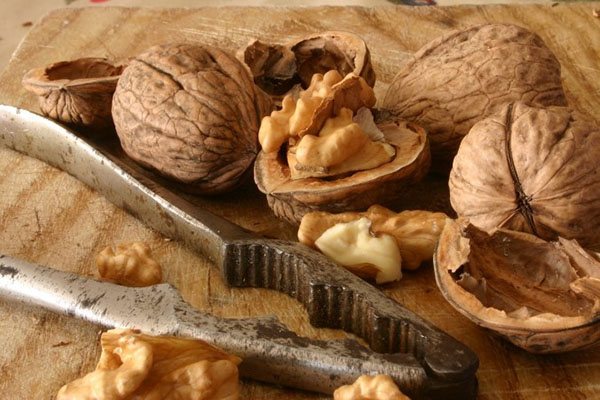

Nut crumb - not used in the drainage system
Expanded clay for drainage
Expanded clay is a fired clay with a porous internal structure.
When the question arises of what to make drainage for flowers, the first thing they remember is expanded clay, since it is the most suitable for these purposes.
This material is also used in construction as insulation and sound insulator. In floriculture, medium- and small-fraction expanded clay is used.
Its main advantage is its lightness and ability to absorb excess moisture. When there is not enough of it, expanded clay gives water back to the ground.
It is chemically neutral and odorless. It can be used many times, after about six years it crumbles into the soil.
For large plants, medium-fraction (2 cm in diameter) expanded clay is suitable for drainage, on which sand is poured on top. It is necessary to ensure that the size of the hole in the pot is less than the fraction of the drainage material. The optimal drainage layer is about 2 cm.If it is decided to use a container without holes, then the expanded clay layer should reach 5 cm.
Errors in the manufacture of drainage
Flower growers deprived of experience often make mistakes when creating a drainage layer. Below are the main mistakes that should be avoided when laying drainage:
- Ignoring the advice not to use river sand leads to clogging of the drain holes with grains of sand.
- The use of too large fractions of the material at hand does not help retain moisture. The liquid flows into the trays.
- The use of natural materials as drainage leads to rotting of the root system of plants.
- The well-being of green spaces may deteriorate if foam is used as drainage.
What is drainage and what is it for
Most houseplants require a soil composition that provides about 15% air, 50% solids and 35% water. Only a properly arranged drainage layer can create such optimal conditions.
This is due to the fact that with excessive watering, the very percentages of air content that are vital for flowers are displaced. When there is no oxygen in the soil, the development of pathogenic bacteria begins, the root system rots, the flower begins to wither.
Drainage for flowers, a photo of various species of which is presented in the article, just ensures the waste of excess moisture and ventilation of the roots.
For laying the drainage layer, you can use various materials, such as gravel, foam or any synthetics, expanded clay, moss, crushed stone, charcoal, broken brick, river sand, peat and others. The most frequently used materials will be discussed in more detail below.
An important quality of drainage is good water permeability, chemical inertness, resistance to decay and mold.
Drainage for flowers has different fractions, which are selected depending on the plant.
Pebbles
Another free drainage material is pebbles. These small pebbles are especially loved by flower growers. Small stones can easily pass water, do not retain it or absorb it.
Pebbles, like crushed stone, also have one significant disadvantage - heaviness. A pot filled with small stones can become overwhelming. But on the other hand, if you use a plastic container for the plant, then the pebbles will give it stability and it will be difficult to turn it over for children and pets.
The stones have high thermal conductivity. Therefore, plants that spend the winter on a windowsill can become overcooled and sick.
What can you make it out of?
Drainage can be made from a variety of materials, the main condition is that it allows water to pass through, is resistant to decay and is resistant to fungi.
Here are the most popular, well-established materials for this task: expanded clay, fine crushed stone and gravel, broken brick, ceramic shards, charcoal, moss, and others, including artificial material (such as polystyrene).
Depending on the needs of the plant, large, medium and small fractions of materials are used.
Below we will analyze the components in more detail:
- Expanded clay... It is a thermally treated clay with a porous structure. It captivates with its availability: every gardening store has it, and even in several versions, it depends on the size of the granules.
It is best to use small and medium expanded clay for these purposes, its dimensions are 5-10 and 10-20 mm, respectively.But it should be noted that it does not last forever: after 5 years, expanded clay will turn into something similar to soil, so sometimes it needs to be replaced. A huge plus is that it not only removes water, but also absorbs it into its pores.
The thickness of the expanded clay layer in a pot without a drainage hole should be about 4-5 cm, if there is one, then 1-2 cm.
- Crushed stone and gravel... It is a crushed rock of gravel, waste of the mining industry. There are many options for crushed stone: from granite, gravel, limestone, slag, or secondary raw materials. Limestone crushed stone can only be suitable for plants that are favorably influenced by calcium. If you decide to stay on rubble from recycled materials, then only brick is suitable for drainage.
Gravel and granite are more suitable and very affordable, but you may be puzzled by the news that they have some radioactivity. In addition, heavy severity may seem like a significant disadvantage at first glance. Of course, if you use it as a drain for large ceramic or even plastic pots, this is certainly true. But what if you are dealing with a plant whose deciduous system is quite massive, and the root system is very small, like that of a fat woman. You will not be able to use a large pot for it because there is too much risk of flooding it, and a small one will be unstable. It is in this situation that it is worth remembering such a drainage material as crushed stone. - Broken brick use with caution, as it often has sharp edges that can injure the root system. Depending on the clay from which it is made, as well as on the method of firing, it has a different ability to absorb moisture. For example, drainage from white sand-lime brick absorbs and retains water better than from red one.
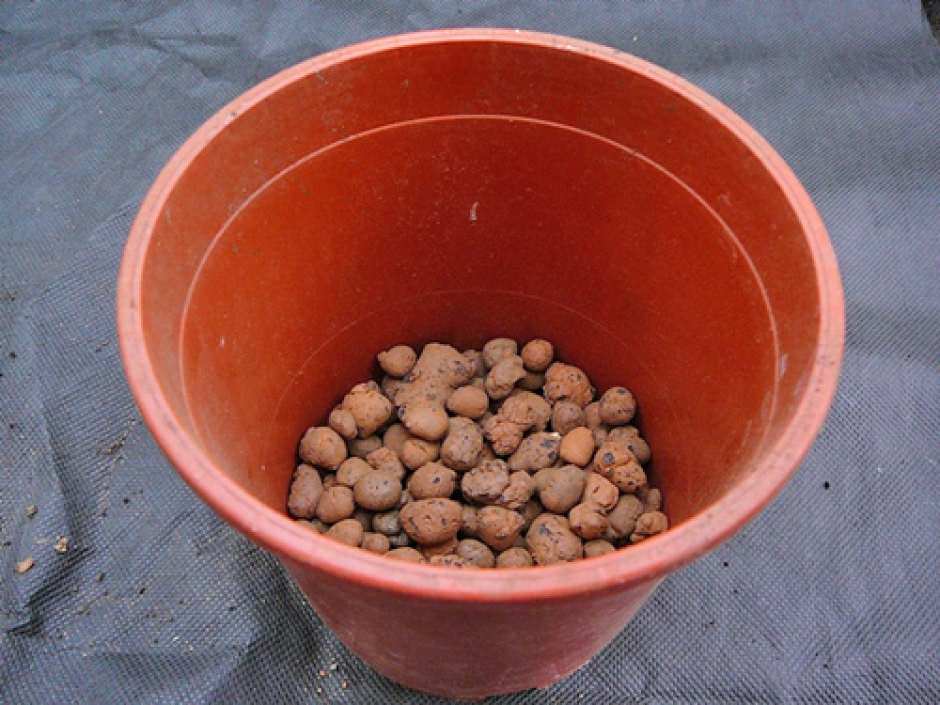

Expanded clay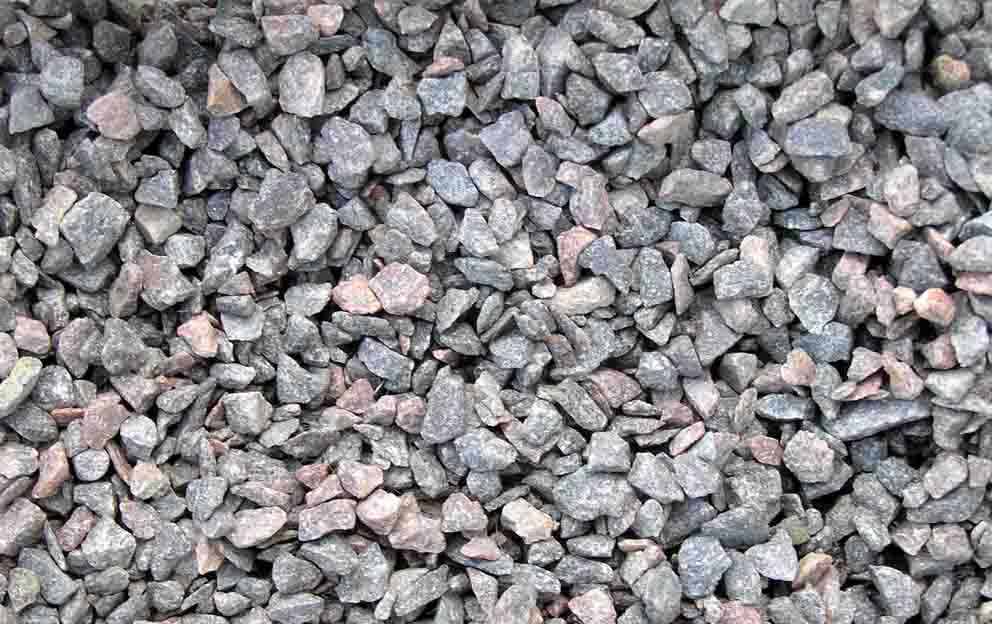

Crushed stone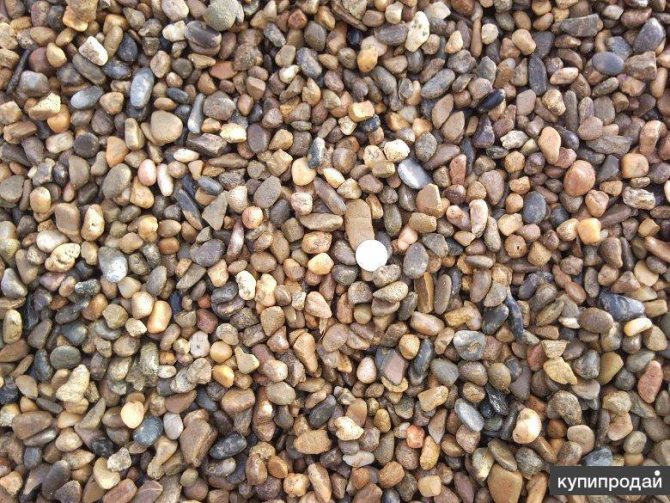

Gravel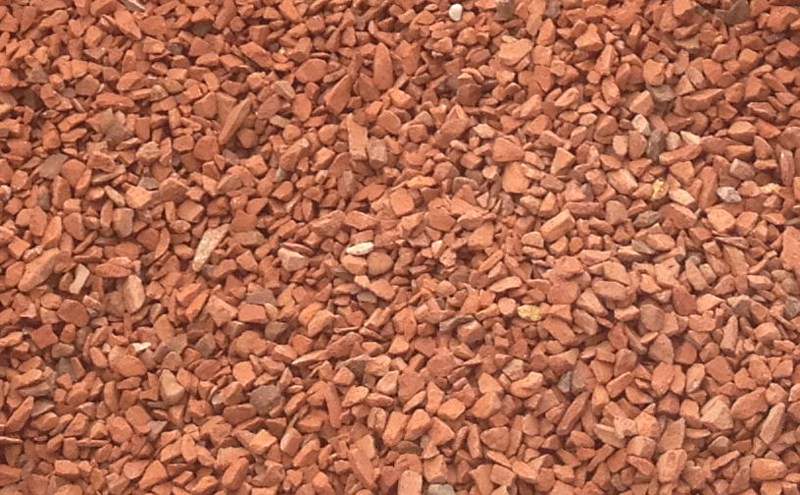

Broken brick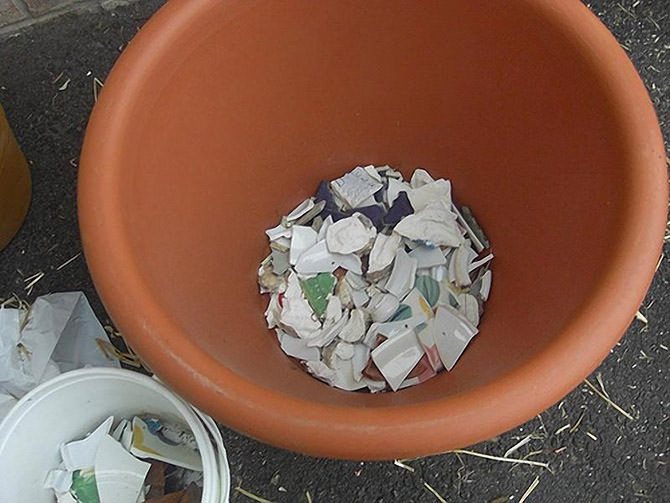

Ceramic shards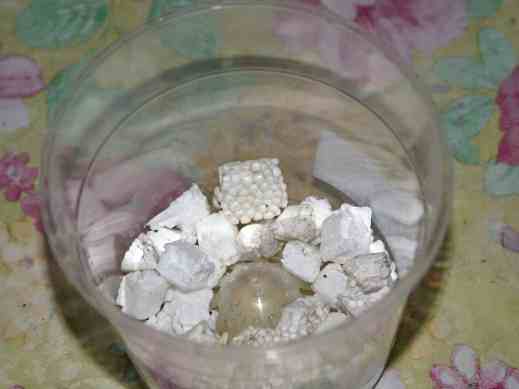

Styrofoam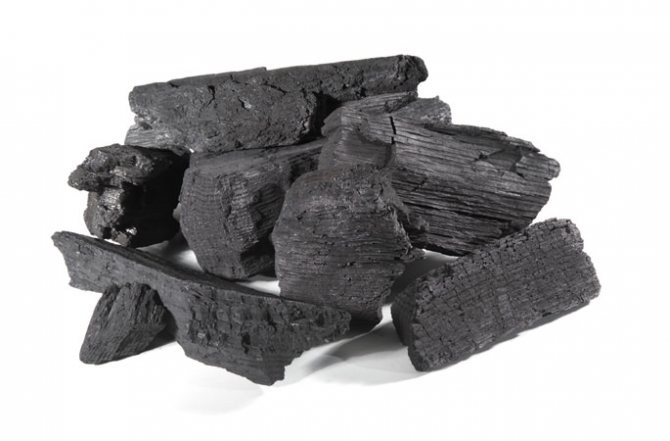

Charcoal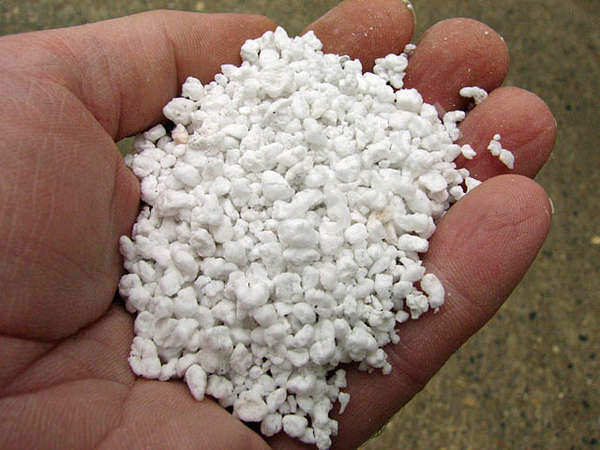

Perlite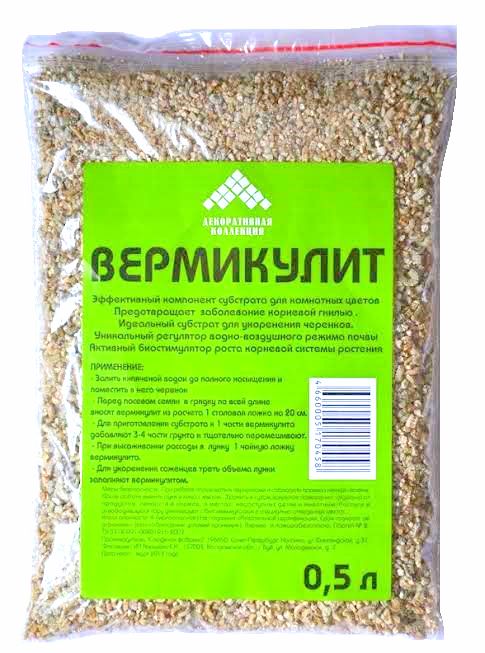

Vermiculite - Ceramic shards also often used by placing them on top of the hole in the bottom with the concave side down. As a rule, coarse-grained sand is poured on top of them with a height of several centimeters for small dishes and about 5 centimeters for large ones. You have to be careful, because shards can also damage the fragile root system of plants when they are transplanted.
- Styrofoam is an affordable material that can be easily found inside packing boxes, it can be crushed and then used as a drain. Its undoubted advantage is its low weight, which makes it possible to use it in heavy earthenware. The foam does not absorb water, allowing it to drain downwards, thereby protecting the roots from excess moisture. Not without its drawbacks: gradually the roots can sprout through the pieces of foam, which will add to you the hassle of transplanting.
- Charcoal - it is, first of all, an excellent natural antiseptic, as well as a natural fertilizer, it perfectly prevents rotting and absorbs salts, thereby regulating soil moisture. When the soil dries up, he gradually gives it the previously absorbed water with minerals, nourishing the plant. Its lightness and porous structure make it one of the most convenient components of its kind without a doubt. A two-centimeter layer evenly laid on the bottom is enough.
- Perlite and vermiculite... From clay exposed to very high temperatures, vermiculite is made, due to which the minerals that make up its composition merge together, forming a kind of scales. From the outside it may seem like wood shavings. Perlite has the appearance of small granules of white or gray color and is a volcanic rock. These two substances absorb nutrients well with water, and then, as the soil dries out, they give them to it. The disadvantage may be their high cost. Moisten the substances, then place them on the bottom, spreading so that the layer is no more than 2 centimeters.
Care should be taken when working with perlite or vermiculite, since their contact with the mucous membrane can have unpleasant consequences. - Sphagnum moss
Sphagnum moss will perfectly cope with the task of retaining moisture, and then transferring it to the plant when necessary. Its use can have a healing and disinfecting effect. Moss is convenient because it can be prepared at any time of the year, most often in autumn. Fresh moss should be poured with warm water up to 45 ° C, which will fill it with moisture, as well as get rid of various microorganisms and insects. Store it in a cool place, and in the winter, right out of the cold. This can be done in half-opened bags so that he can breathe. While multiplying, the moss retains its properties. The only drawback may be that moss is not always available, you can collect it yourself, or you can buy it. Its price will also not please anyone who wants to use moss as a drainage material.

